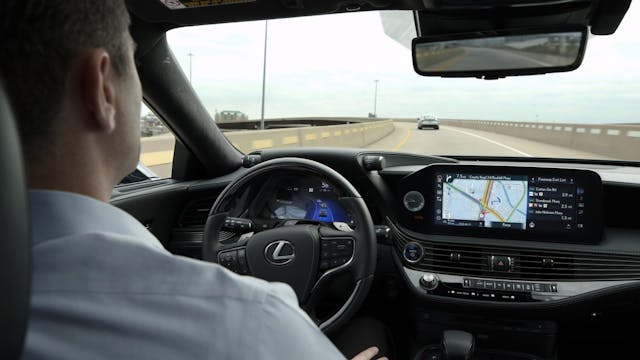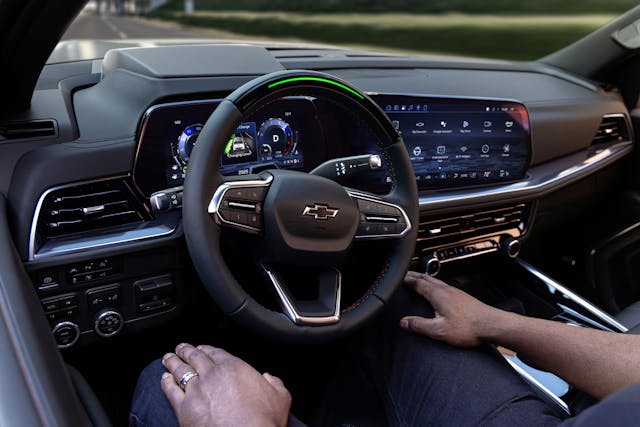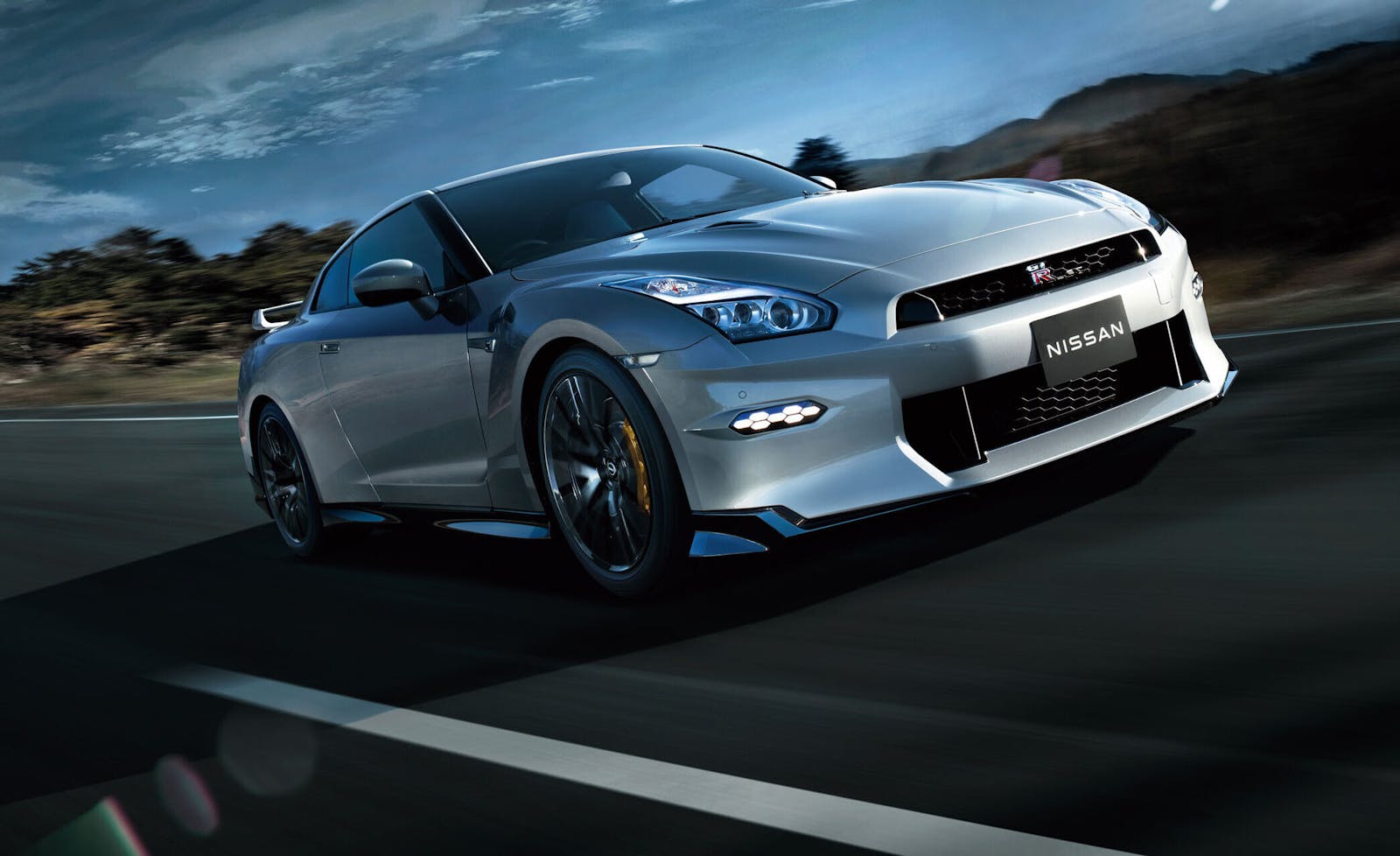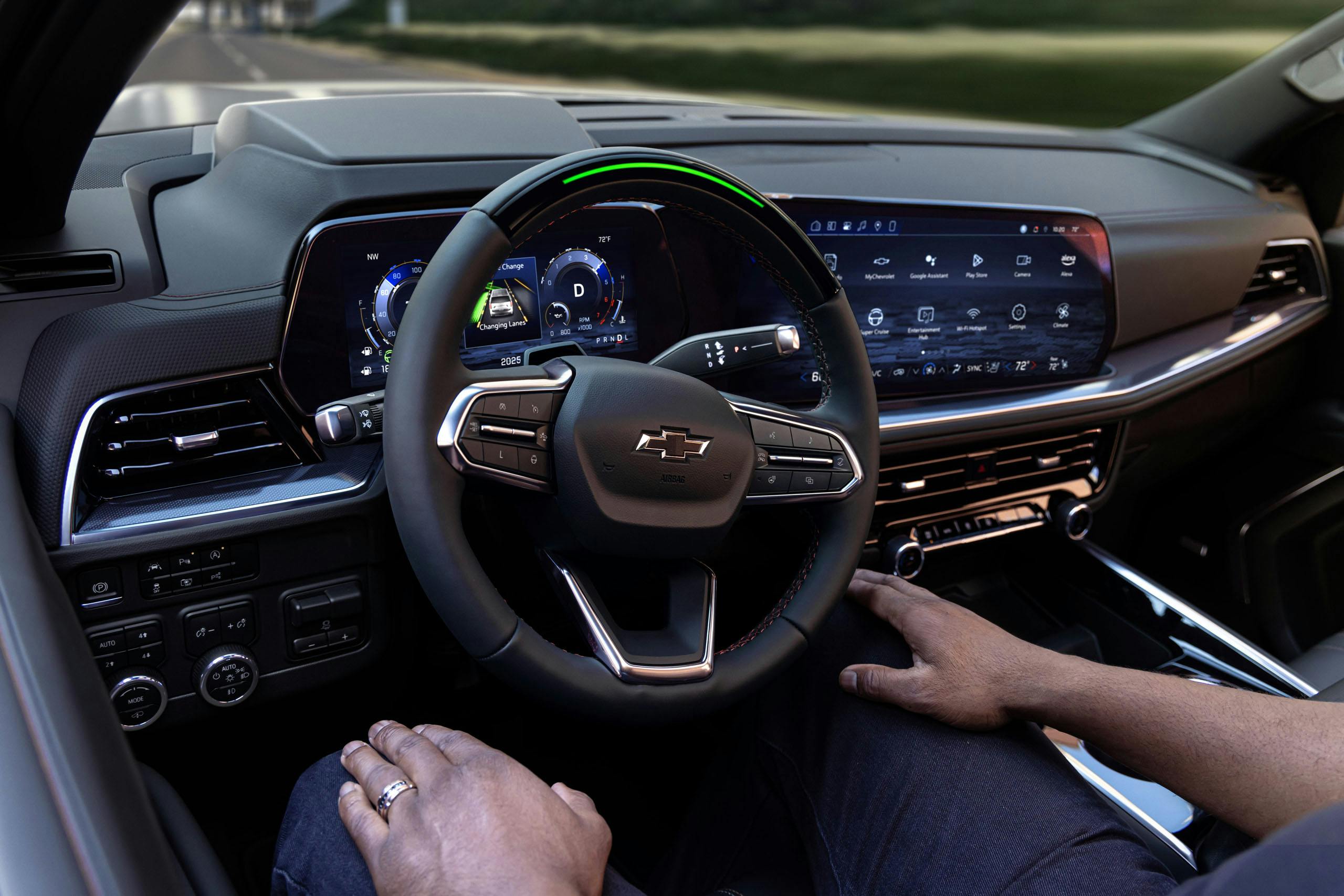Media | Articles
IIHS: Partially Automated Driving Isn’t Safer, “Can Create New Risks”
The Insurance Institute for Highway Safety (IIHS) released a report detailing its evaluation and analysis of the user safeguards present in current partial driving automation systems (Level 2 systems, by SAE ratings), and the findings could be cause for some raised eyebrows.
Before we dive into the specifics, remember: What IIHS is evaluating here isn’t the effectiveness of the various Level 2 assistance systems per se, but rather the safeguards around them. In its report, IIHS goes as far as declaring that a partially autonomous system is there to make long drives easier, but “there’s no evidence that it makes driving safer, and, in fact, it can create new risks by making it easier for the driver’s attention to wander.”

While a bit technical, the IIHS test evaluates each system with the following categories, ultimately doling out ratings of good, acceptable, marginal, or poor:
- Driver Monitoring: Think cameras that check where your head and eyes are pointed and sensors that monitor your hands on the steering wheel.
- Attention Reminders: Beeps, buzzes, and/or flashing lights to let the driver know that their focus is insufficient for the systems to retain control. These reminders should escalate rapidly if the system detects that the driver isn’t adjusting appropriately.
- Emergency Procedures: When the driver fails to reengage with the attention reminders, the system needs to escalate to a state where the partially autonomous functions either slow the vehicle down automatically, send an SOS notification to either vehicle concierge services or local emergency services, or lock the driver out of the system entirely.
- Automated Lane Change: These systems should only allow automated lane changes that are requested by the driver, or confirmed by the driver after being proposed by the system. (Think Tesla’s Autopilot asking, “Hey SuperFastAwesomeDriver68, shall I change lanes to get around this slow person?”)
- Adaptive Cruise Control Auto-Resume: If Adaptive Cruise control slows the vehicle down significantly or brings it to a stop completely, the system must time out if the car has been at a standstill for more than two minutes, or deactivate if the system can’t verify that the driver is paying attention.
- Cooperative Steering: Lane-centering tech should still allow the driver to make minute adjustments without deactivating or fighting back.
- Safety Features: Partially automated systems should require safety features to remain on during the system’s use. (Read: If you deactivate automated emergency braking or something worse like unbuckling your seatbelt, the system should lock you out and not allow engagement.)
Got all that? In case you didn’t, and this type of in-depth testing gets your blood pumping, you can read the exhaustive 32-page write-up here. (If it doesn’t, but you’re still here, know that cheesecloth face coverings and fake smartphones made of foam were used for parts of this. Back in? We thought so.)

Here’s how the various safeguards for a couple of familiar partial-autonomy systems stacked out when the dust settled. Lexus’ Teammate with Advanced Drive (get ready for lots of very clunky names here) scored the highest in testing, but it only managed an “Acceptable” rating.
Marketplace
Buy and sell classics with confidence
GM’s Super Cruise system, evaluated on a current GMC Sierra, scored a “marginal” overall rating, earning “good” ratings for attention reminders and emergency procedures, but poor on lane change and cooperative steering criteria. Across town, Ford’s BlueCruise system, evaluated on a Mustang Mach-E, earned a “poor” overall rating with “good” showings on lane change and cooperative steering but “poor” ratings on whether or not the systems will disengage if certain safety features aren’t activated.

Tesla’s Full Self-Driving Beta software, evaluated on a Model 3, took some serious lumps. Its overall “poor” rating included just two “acceptable” scores, for attention reminders and emergency procedures.
Across the categories, it seems like driver monitoring aids were the biggest bugaboo. Only Lexus scored an “acceptable” rating, while Super Cruise and Nissan’s ProPilot Assist with Navilink nabbed “marginal” ratings; everyone else scored “poor” there.
While these might seem insignificant, it’s worth remembering that there remains a lot of momentum behind the idea that self-driving cars are on the horizon. However, if automakers are still struggling with Level 2 autonomy tech, perhaps those robot cars aren’t as close as some may like us to believe. Lane change was the category showing the most “good” ratings, though Tesla’s Full Self Driving Beta and Super Cruise both scored “poor” ratings there as well. Click here to see the full breakdown of the outcomes.
And while what’s being rated here isn’t the actual effectiveness of the systems themselves, but rather the safeguards around them, these results are helpful reminders of the reality that these partially autonomous systems are there to make long drives easier, not necessarily safer.
The quick solution to all of this? Embrace driving for the joy that it is—but because you’re here, we know you’re already well along that path.
***
Check out the Hagerty Media homepage so you don’t miss a single story, or better yet, bookmark it. To get our best stories delivered right to your inbox, subscribe to our newsletters.







“there’s no evidence that it makes driving safer, and, in fact, it can create new risks by making it easier for the driver’s attention to wander.”
Duh, ya think? But I guess I’m glad that there is an official study to verify what 98.7% of us realized all along!
I wish you were right about the 98.7%, but I cynically think I know human nature better, and generational attributes are at play too.
As a 70-year-old, I’m at 100%. Younger folk — ???
Well, the way I figured it is that “someone, somewhere” thought it was safe enough that they actually sold the idea to management and bean counters, who actually produced vehicles. And some people actually purchased said vehicles, so there has to be a small percentage of people who fooled themselves into thinking this was a good idea.
But your point about it being generational is very valid (maybe even 100%!) and I was probably spreading my averaging out too thinly. I was never very good at statistical analysis…😉
It is only as safe as the programmer and sensors. Ame it and that is not 100%
Correct me if I’m wrong, but these systems were designed as safety enhancements, right? The idea is that the cars can be a much safer driver that the person in the drivers seat. Which is debatable in my opinion.
I would find it incredibly annoying to be sitting in the seat, required to pay attention, yet not doing anything and not in control of the car. Might as well take the bus. At least you’ll meet somebody interesting.